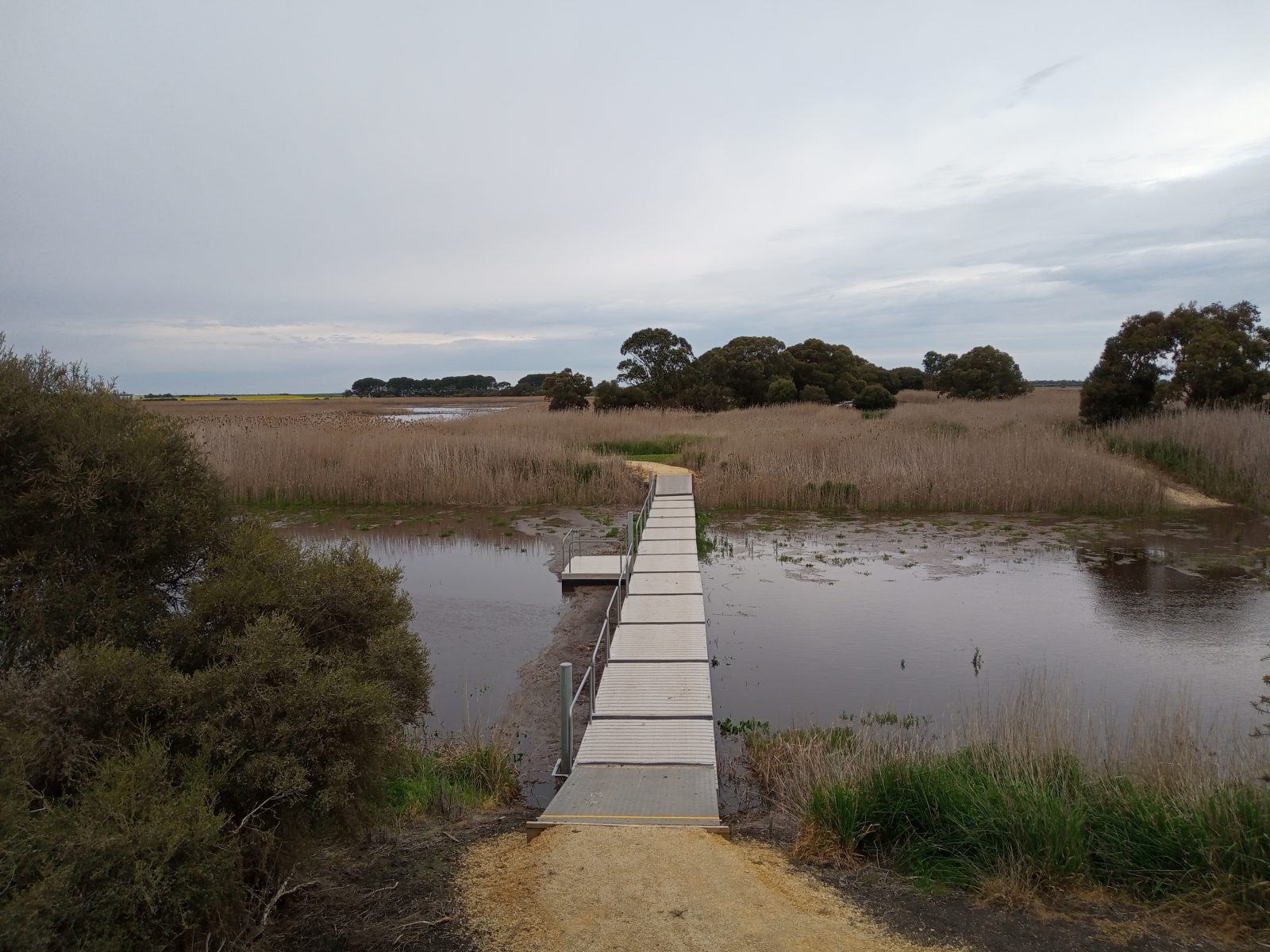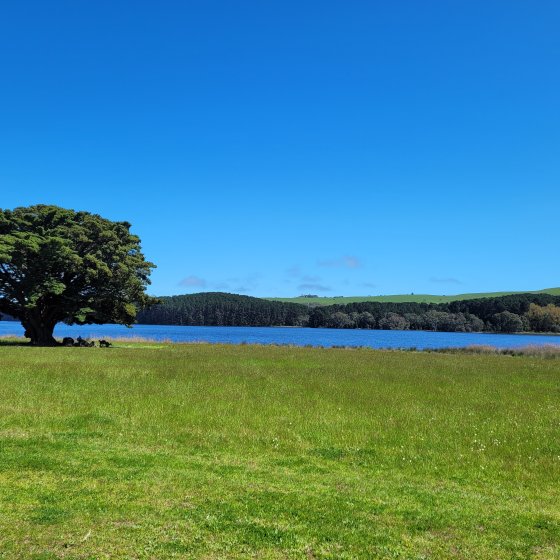- Home
- Environmental Themes
- Waters
- Importance of Water
Importance of Water
Valuing Water
Inland waters, including rivers, creeks, lakes, reservoirs, wetlands and groundwater, play a key role for our environment and society. They possess significant importance and value in various aspects, including ecology, the economy, transport, recreation and human wellbeing:
- Biodiversity and ecology: Inland waters support diverse ecosystems and provide habitats for a wide range of plant and animal species. They contribute to biodiversity by hosting unique aquatic species that may not exist in other environments. Healthy inland waters are crucial for maintaining ecosystem balance and providing essential resources for both aquatic and terrestrial organisms.
- Water supply: Inland waters serve as important sources of fresh water for human consumption, health and wellbeing of communities, agriculture and industry. Water is needed for irrigation, drinking, fighting bushfires and industrial processes. Water also cools the environment for both humans and animals. Maintaining the quality and quantity of inland waters is essential for meeting the water demands of communities and the environment.
- Water treatment: Wetlands and slow-flowing streams can improve the quality of water by allowing sediment particles, and the pollutants attached to them, to settle out. Nutrients in the water can be used by aquatic plants, reducing the amount of nutrients available for nuisance algal growth. This filtration process is essential towards maintaining clean and healthy water sources and protecting downstream freshwater ecosystems and the marine environment.
- Flood regulation: Rivers and wetlands play a crucial role in flood regulation. They can absorb and store excess water during heavy rainfall, helping to mitigate the risk of flooding in downstream areas. Wetlands, in particular, act as natural sponges, absorbing and slowly releasing water over time.
- Spiritual and cultural values: Aboriginal peoples have a deep connection to Country, including water and, therefore, have a sense of responsibility to care for water sources. Water features prominently in Dreamtime stories, is fundamental for supporting the survival and wellbeing of remote Aboriginal communities and is used in ceremonies and rituals.
- Recreation and tourism: Inland waters offer numerous recreational activities such as boating, fishing, swimming and wildlife observation. They provide opportunities for leisure, relaxation, and outdoor pursuits. Additionally, lakes and rivers attract tourists, contributing to local economies through activities such as water sports, camping and nature tourism.
- Scientific monitoring and research: Valuable research by scientists studying aquatic ecosystems, hydrology, water quality and climate change is conducted on inland waters. These studies provide insights into ecological processes, species dynamics and the impacts of human activities on aquatic systems. Research conducted on inland waters contributes to our understanding of these ecosystems and aids in the development of effective conservation and management strategies.

Check out
Water and Aboriginal People
For Aboriginal people, water is critical to survival and is important both culturally and spiritually and features prominently in storytelling and artwork. Water resources, including groundwater, have been sustainably managed by Aboriginal people for thousands of years.
A report on the National Culture Flows Research Project describes the importance of water:
For First Nations People, water is a sacred source of life. The natural flow of water sustains aquatic ecosystems that are central to our spirituality, our social and cultural economy and wellbeing. The rivers are the veins of Country, carrying water to sustain all parts of our sacred landscape. The wetlands are the kidneys, filtering the water as it passes through the land. First Nations Peoples have rights and a moral obligation to care for water under their law and customs. These obligations connect across communities and language groups, extending to downstream communities, throughout catchments and over connected aquifer and groundwater systems.
The following work has been undertaken with Aboriginal peoples to manage water resources:
- The First Nations water policy outlines how the Department of Climate Change, Energy, the Environment and Water (DCCEEW) will be working with First Nations peoples to improve ownership of water entitlements and participation in water policy decision making, recognising the importance of water access in the spiritual and cultural connection to Country.
- The current revision of the National Water Initiative (NWI) seeks to ‘provide for increased First Nations influence in water resource management’.
- The Australian Water Quality Guidelines now incorporate cultural and spiritual values for water quality management.
- The EPA is currently working towards incorporating cultural and spiritual values into the revised version of the Environment Protection (Water Quality) Policy 2015, reflecting the inclusion of these in the national guidelines.
- In the 1990s, MILDRIN was established to help care for waterways across the Murray Darling Basin and achieve water rights for Aboriginal people.
- DEW has established partnerships with Aboriginal peoples to inform water resource planning in regional areas.
- Landscape SA boards are also forming partnerships with Aboriginal peoples in managing and caring for waters.
Community Perspectives
Feedback obtained via the SOER YourSAy page indicated that respondents valued a clean and healthy environment that supports their health and wellbeing.
Key issues raised in the YourSAy survey included:
- unsustainable extraction of water from water resources impacting supply to the environment needed to maintain ecosystem health
- pollution from human activities and industry impacting waterways.
